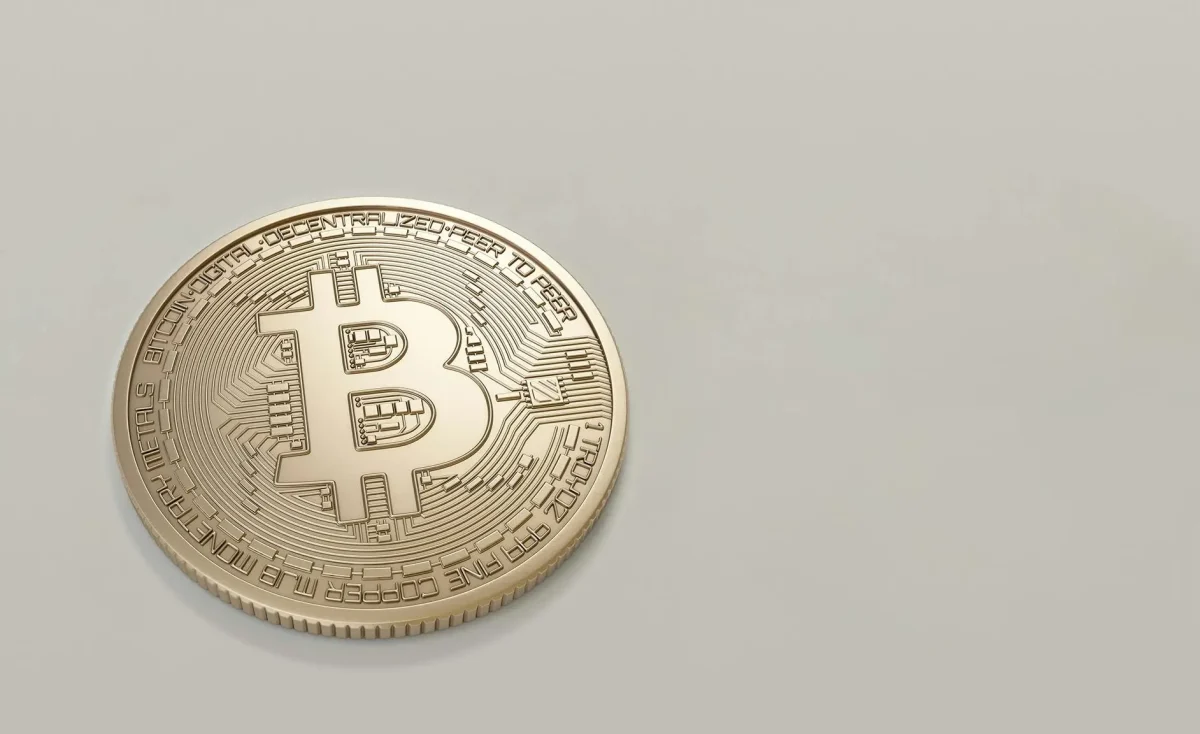Here Is What Drives Bitcoin’s Positive Price Movements, According to VanEck
19.10.2024 17:00 2 min. read Alexander Stefanov
According to VanEck's report, Bitcoin (BTC) is poised for a potential breakout driven by 3 key reasons.
VanEck’s latest report indicates that Bitcoin (BTC) is on the brink of a significant breakout, attributed to three main factors: increasing institutional investment, miner accumulation, and flows into exchange-traded products (ETPs).
The rise in institutional adoption has strengthened the link between ETP inflows and BTC price movements. As of mid-October, U.S. BTC products experienced weekly inflows of $19.4 billion, with institutional capital playing a crucial role in influencing prices.
The findings indicate a strong correlation between ETP flows and cryptocurrency returns, reflected in an R² value of 0.3422, suggesting that institutional investments are becoming a significant driver of Bitcoin’s price. Moreover, ETP flows appear to possess some predictive capacity for post-trade performance.
Bitcoin is increasingly viewed as a “macro hedge” against economic instability, particularly among institutional investors seeking protection from inflation and market fluctuations. Additionally, U.S. miners boosted their Bitcoin holdings by 2% in September, following an 11% increase in August, showcasing their confidence in the cryptocurrency’s future value.
Market sentiment around Bitcoin has also seen improvement, with nearly 90% of addresses currently in profit and its dominance in the crypto market rising to 57%. This reinforces Bitcoin’s position as a primary store of value within the digital asset landscape.
Despite increasing regulatory scrutiny on non-Bitcoin assets, Bitcoin remains relatively insulated, solidifying its reputation as a safer investment option. The report further notes that U.S. and European traders are significantly influencing Bitcoin’s price, with demand from these regions often counterbalancing selling pressure from Asian markets.
-
1
Standard Chartered Becomes First Global Bank to Launch Bitcoin and Ethereum Spot Trading
15.07.2025 11:00 1 min. read -
2
Bitcoin Reaches New All-Time High Above $116,000
11.07.2025 7:56 1 min. read -
3
What’s The Real Reason Behind Bitcoin’s Surge? Analyst Company Explains
12.07.2025 12:00 2 min. read -
4
Canadian Bank Sees Bitcoin Hitting $155,000 by 2025
15.07.2025 10:00 1 min. read -
5
Peter Schiff Warns of Dollar Collapse, Questions Bitcoin Scarcity Model
12.07.2025 20:00 1 min. read
Ethereum Spot ETFs Dwarf Bitcoin with $1.85B Inflows: Utility Season in Full Swing
Ethereum is rapidly emerging as the institutional favorite, with new ETF inflow data suggesting a seismic shift in investor focus away from Bitcoin.
Ethereum Flashes Golden Cross Against Bitcoin: Will History Repeat?
Ethereum (ETH) has just triggered a golden cross against Bitcoin (BTC)—a technical pattern that has historically preceded massive altcoin rallies.
Bitcoin Banana Chart Gains Traction as Peter Brandt Revisits Parabolic Trend
Veteran trader Peter Brandt has reignited discussion around Bitcoin’s long-term parabolic trajectory by sharing an updated version of what he now calls the “Bitcoin Banana.”
Global Money Flow Rising: Bitcoin Price Mirrors Every Move
Bitcoin is once again mirroring global liquidity trends—and that could have major implications in the days ahead.
-
1
Standard Chartered Becomes First Global Bank to Launch Bitcoin and Ethereum Spot Trading
15.07.2025 11:00 1 min. read -
2
Bitcoin Reaches New All-Time High Above $116,000
11.07.2025 7:56 1 min. read -
3
What’s The Real Reason Behind Bitcoin’s Surge? Analyst Company Explains
12.07.2025 12:00 2 min. read -
4
Canadian Bank Sees Bitcoin Hitting $155,000 by 2025
15.07.2025 10:00 1 min. read -
5
Peter Schiff Warns of Dollar Collapse, Questions Bitcoin Scarcity Model
12.07.2025 20:00 1 min. read


